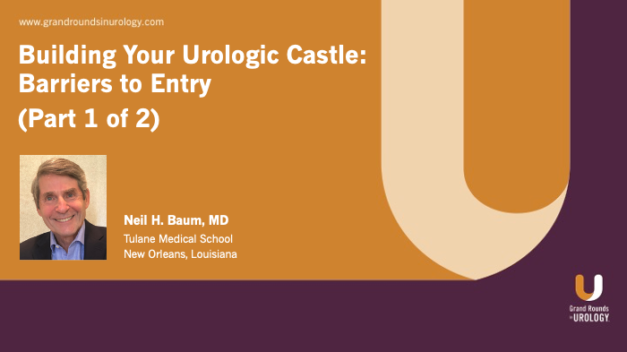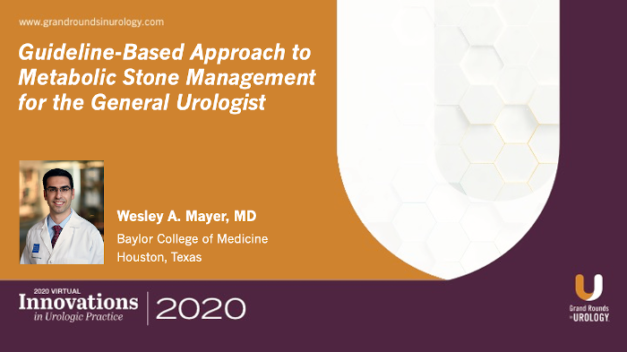Hemi-gland HIFU Ablation: Initial Outcomes From 100 Cases
Samuel J. Peretsman, MD, a urological oncologist with Urology Specialists of the Carolinas in Charlotte, North Carolina, discusses the results and the implications of two recent American studies of high-intensity focused ultrasound (HIFU) for treating prostate cancer. In the first part of the presentation, Dr. Peretsman reviews the initial outcomes of a study on HIFU of hemigland ablation for prostate cancer. He explains that reports of focal HIFU performed in the United States have been lacking, and therefore this study aimed to report the initial and largest American series of HIFU prostate gland ablation as a primary treatment for prostate cancer. Dr. Peretsman discusses the methodology, limitations, and results of the study, concluding that short-term results of focal HIFU indicate safety, excellent potency and continence preservation, and adequate short-term prostate cancer control. In the second part of the presentation, Dr. Peretsman outlines the lessons learned from a study of salvage robotic prostatectomy following whole-gland HIFU. Based on the data on patients with HIFU-persistent disease, Dr. Peretsman argues that there is room for improvement in HIFU treatment follow-up in order to optimize the results of salvage therapies. He also concludes that more assurance of successful salvage therapy may boost patient confidence in HIFU as a primary therapy choice.
Read More



